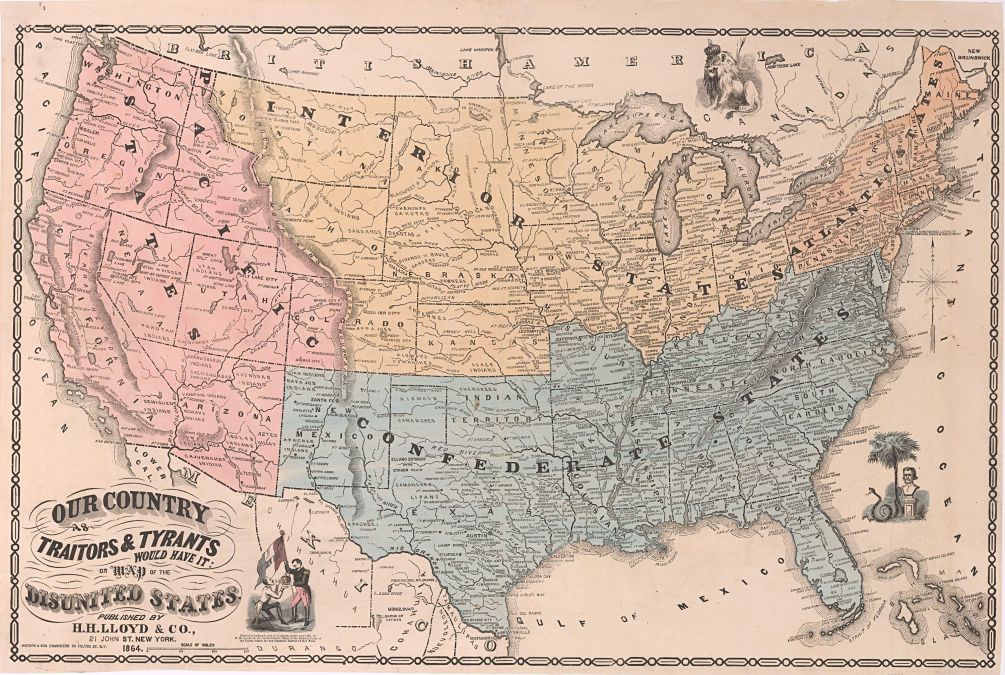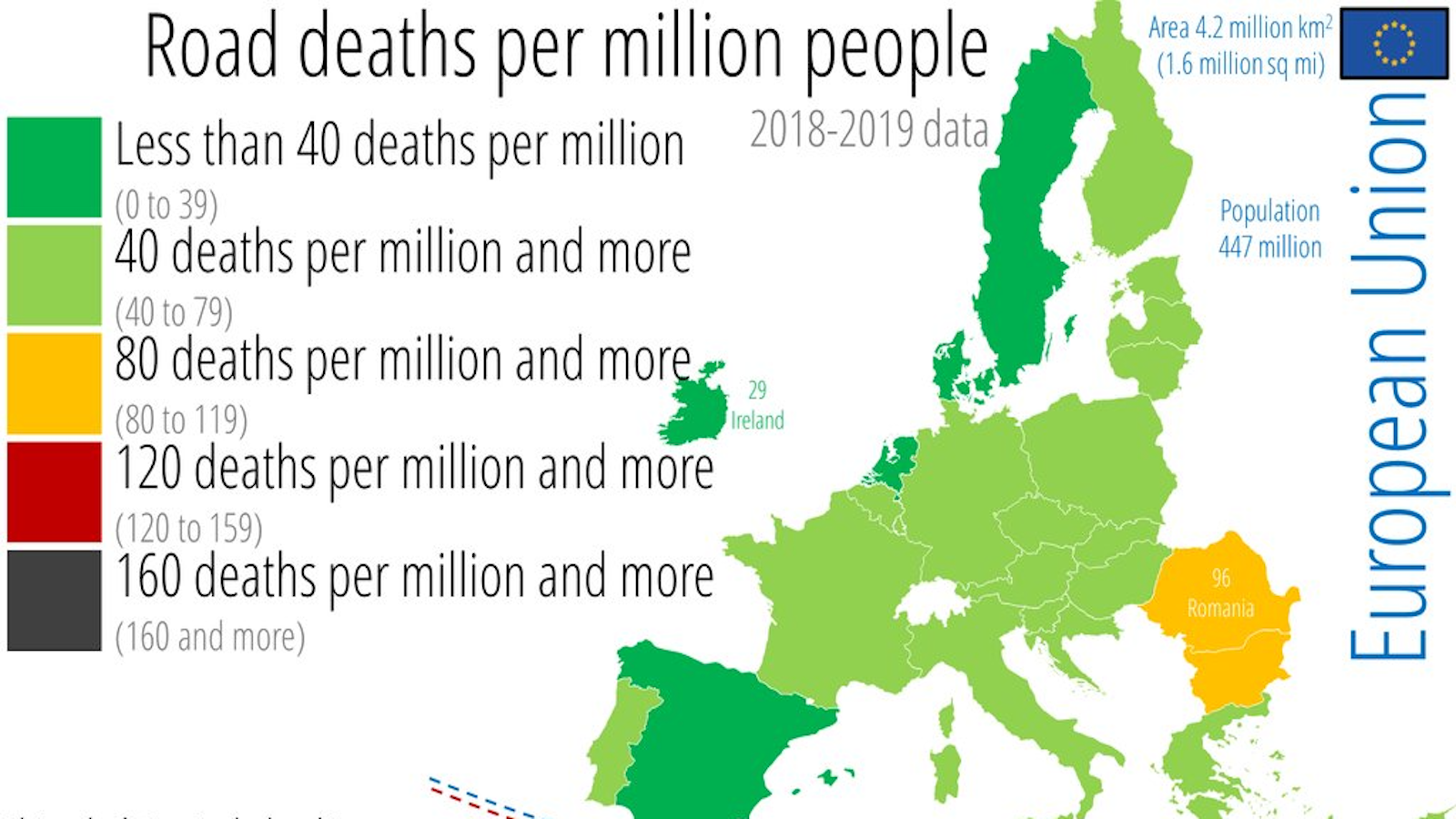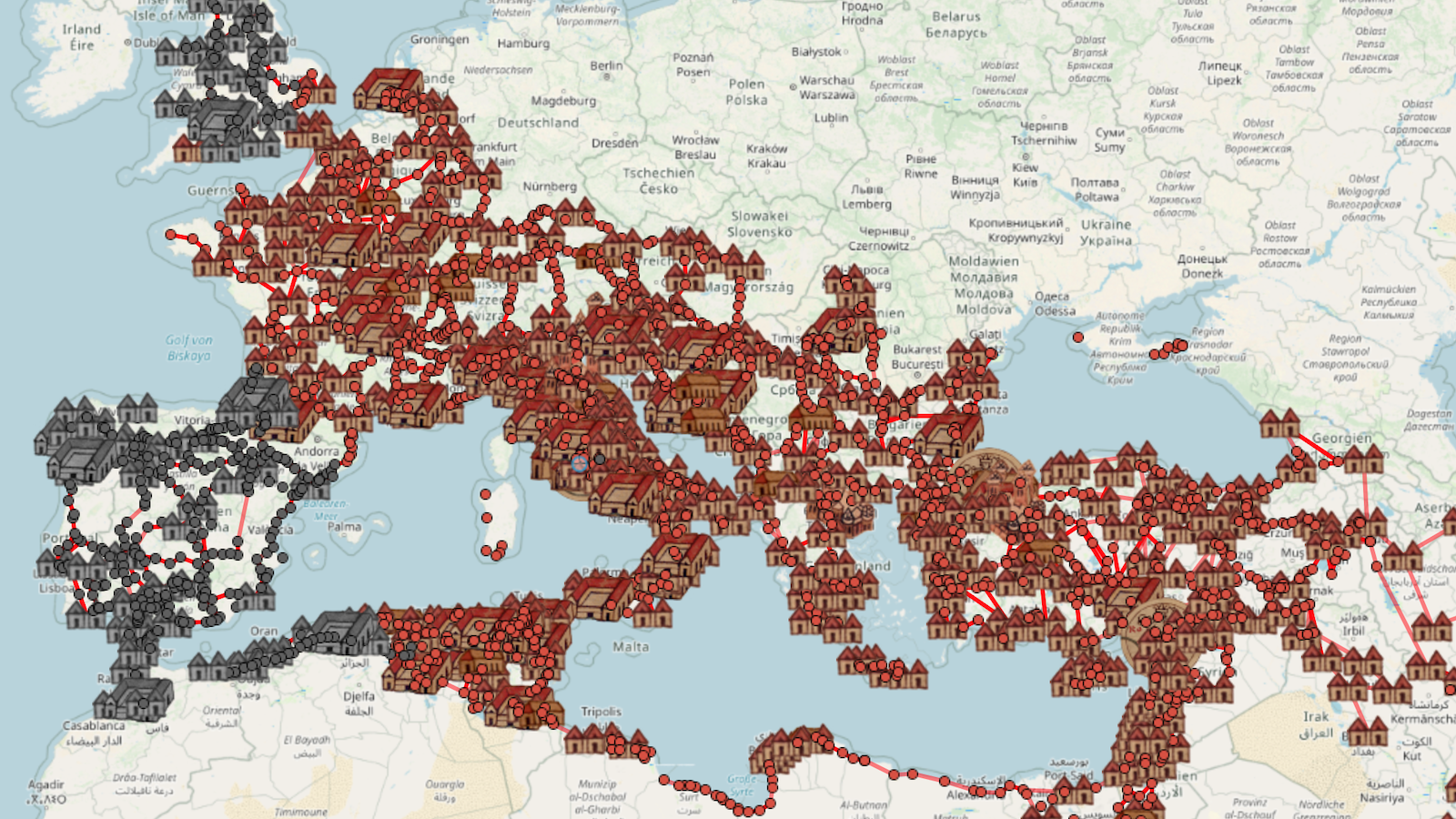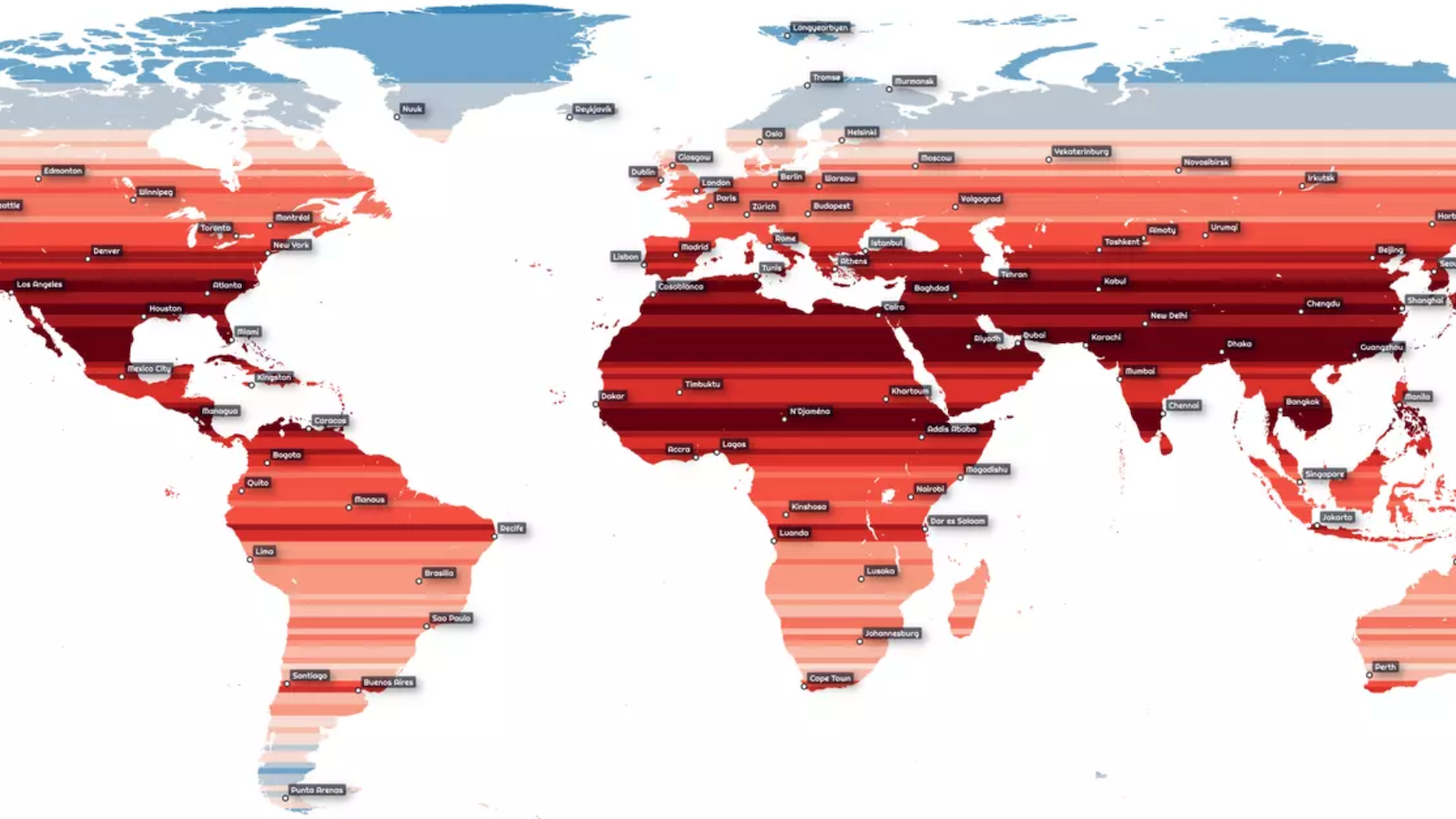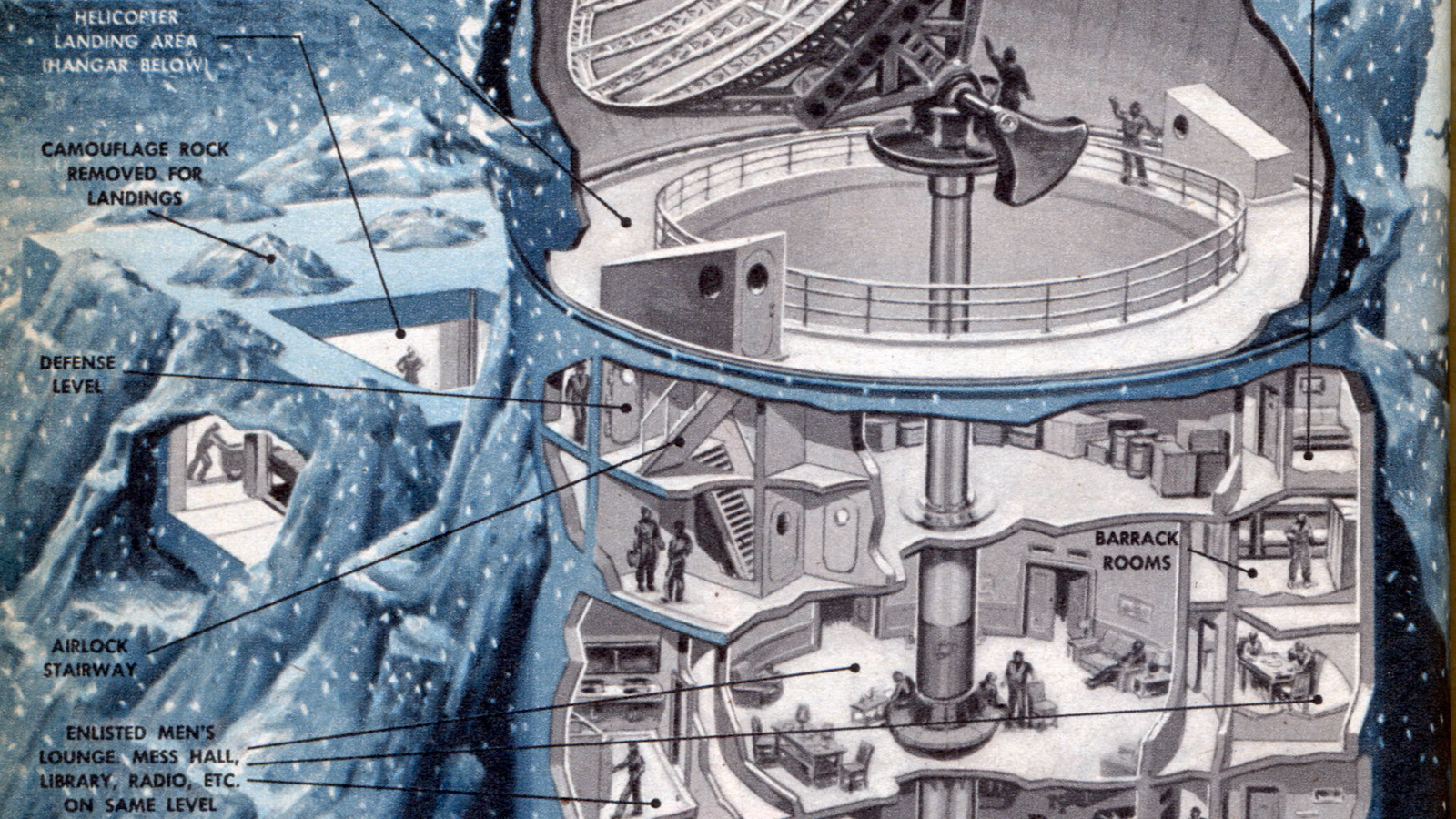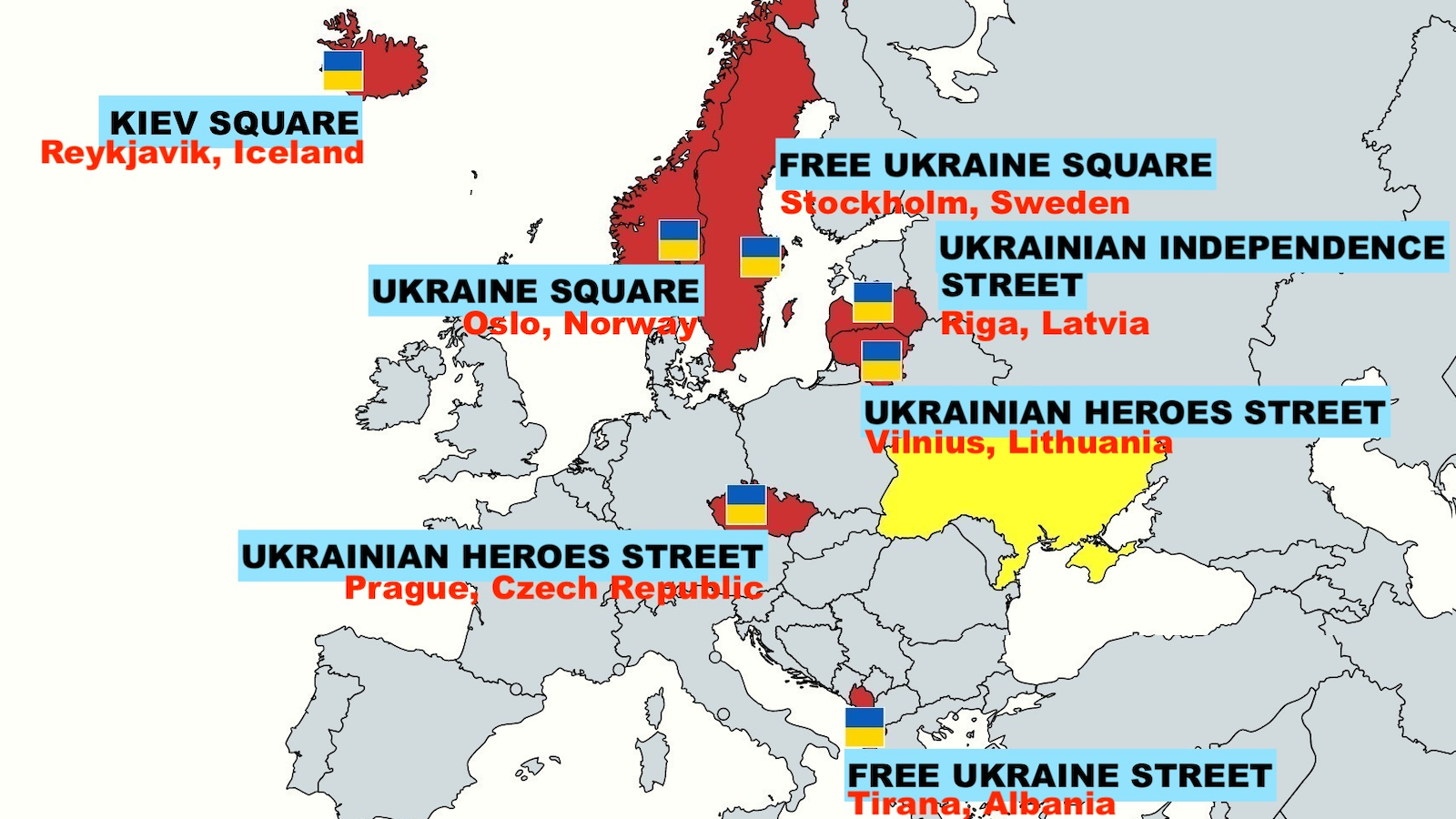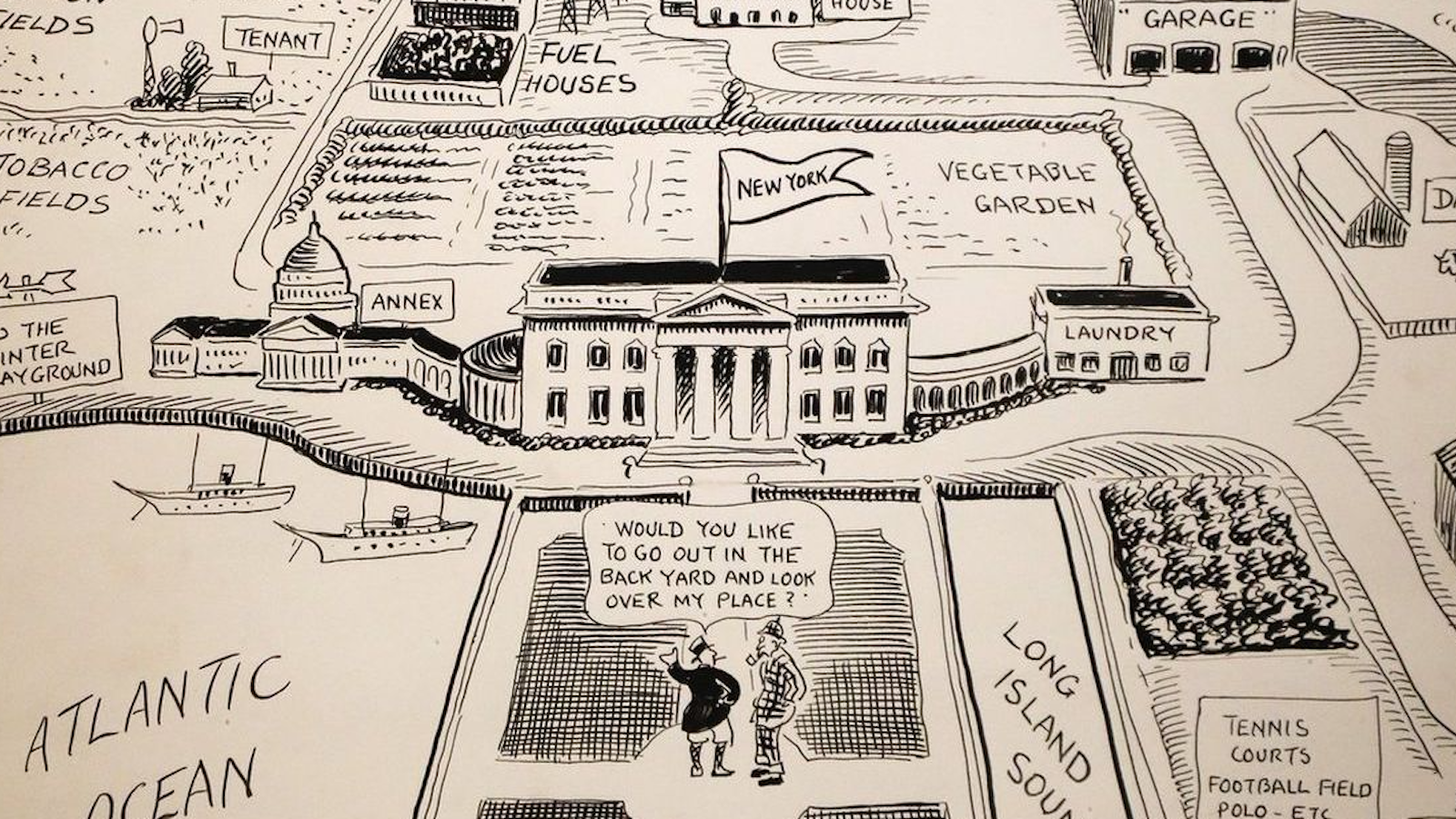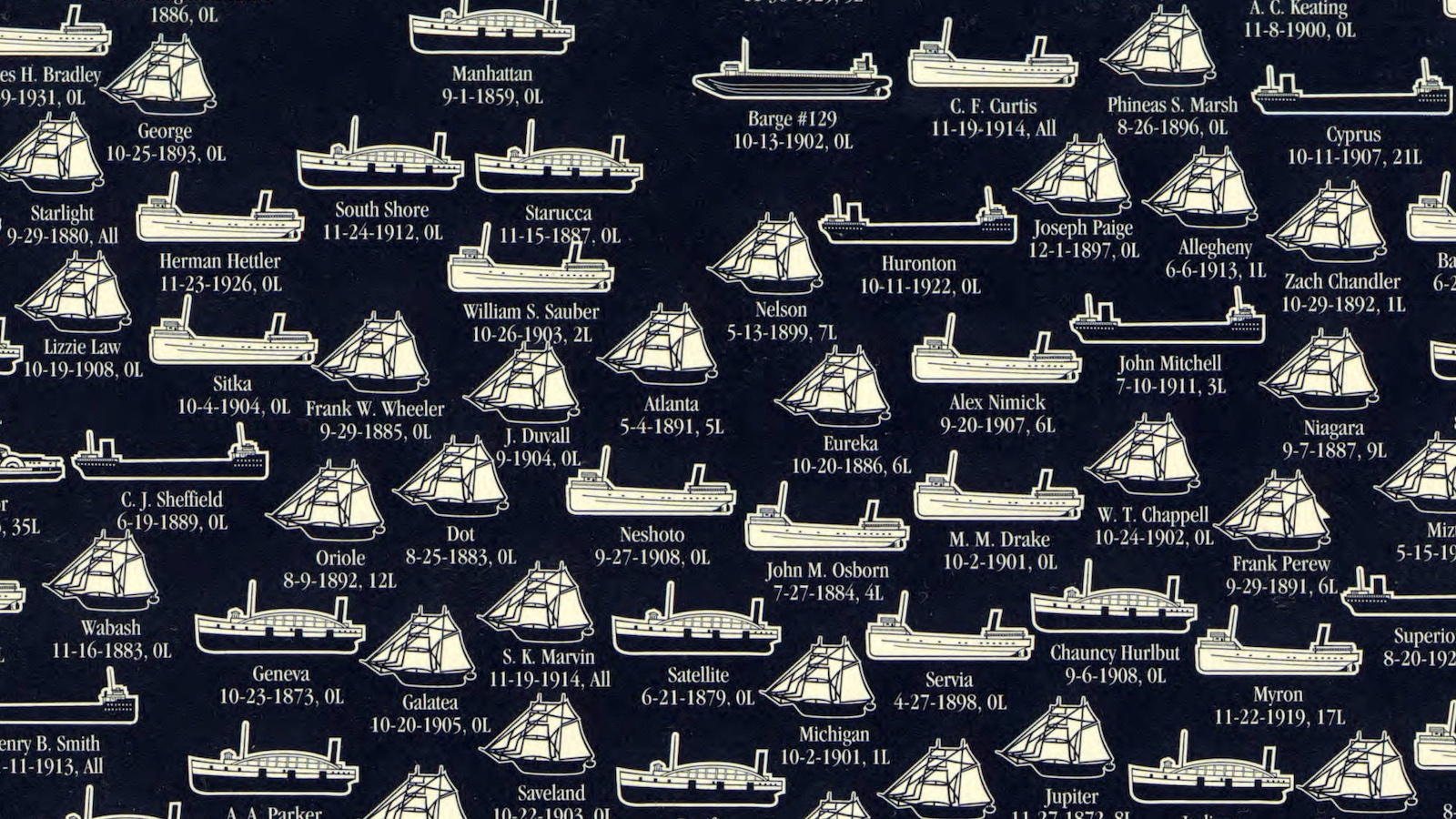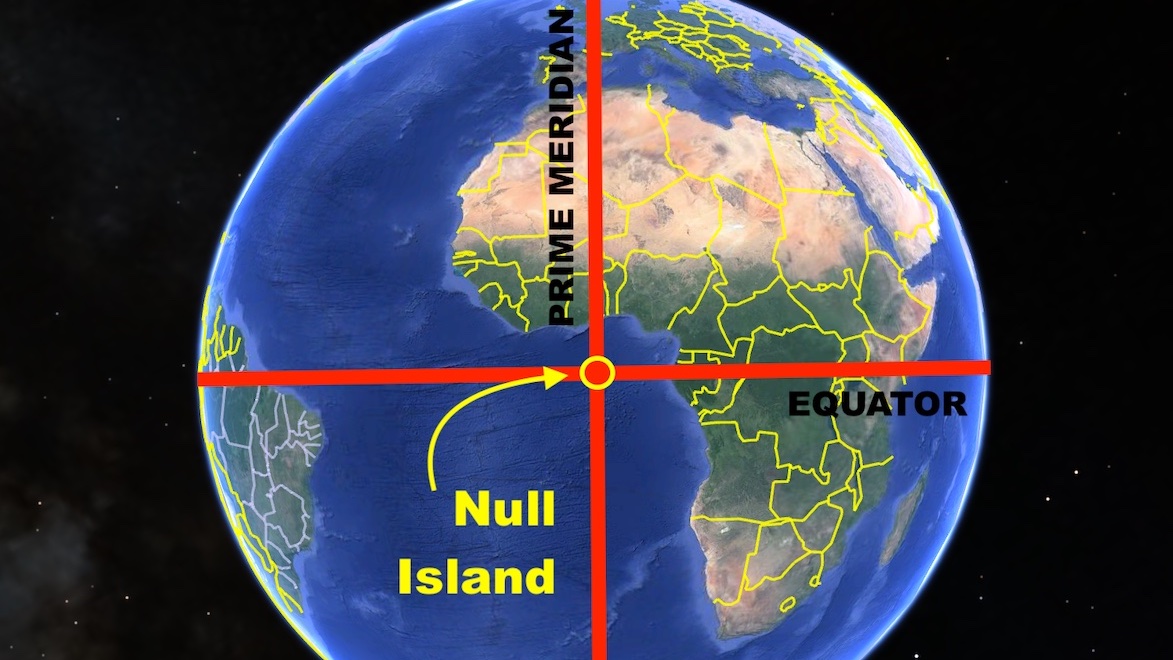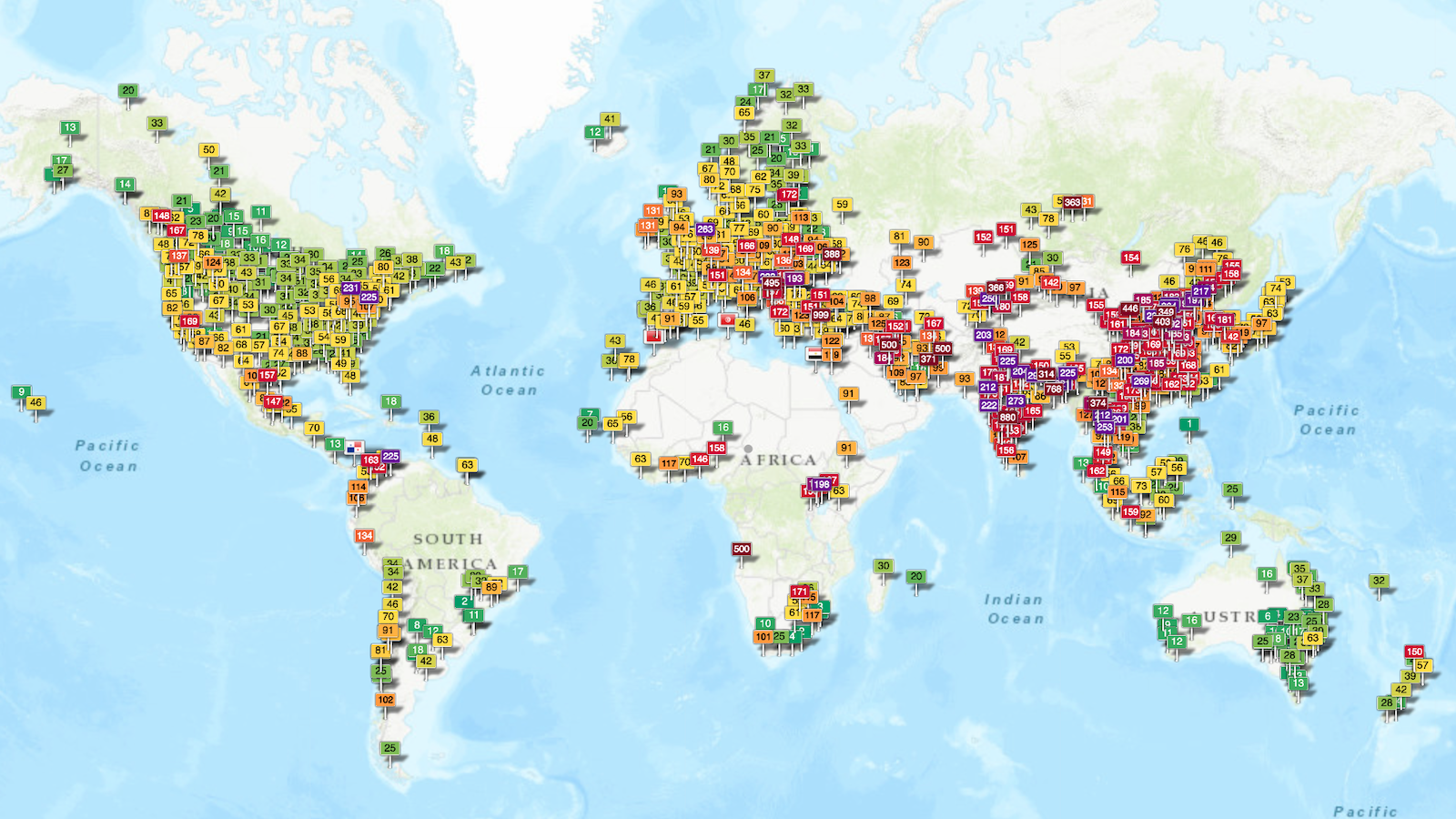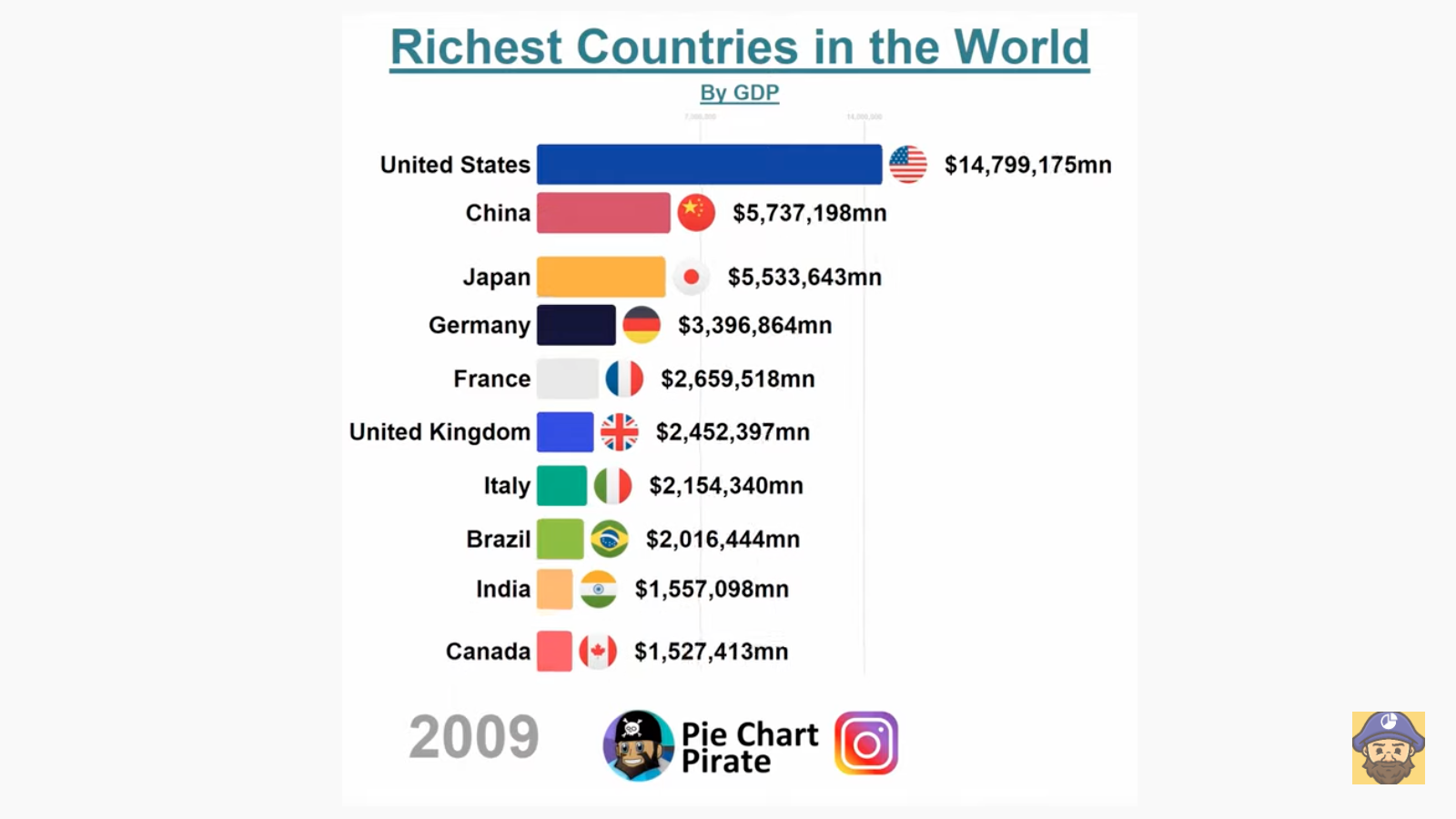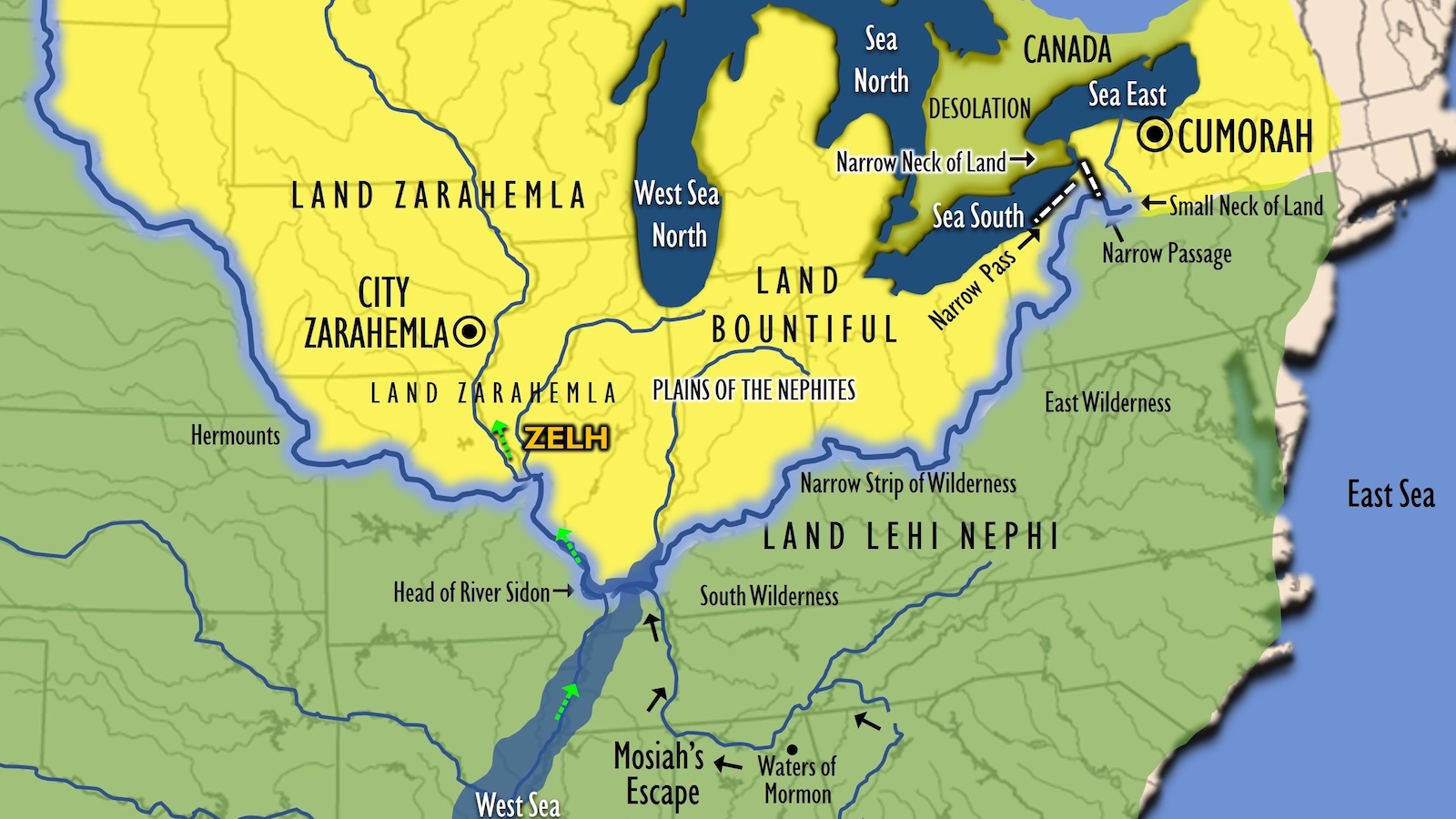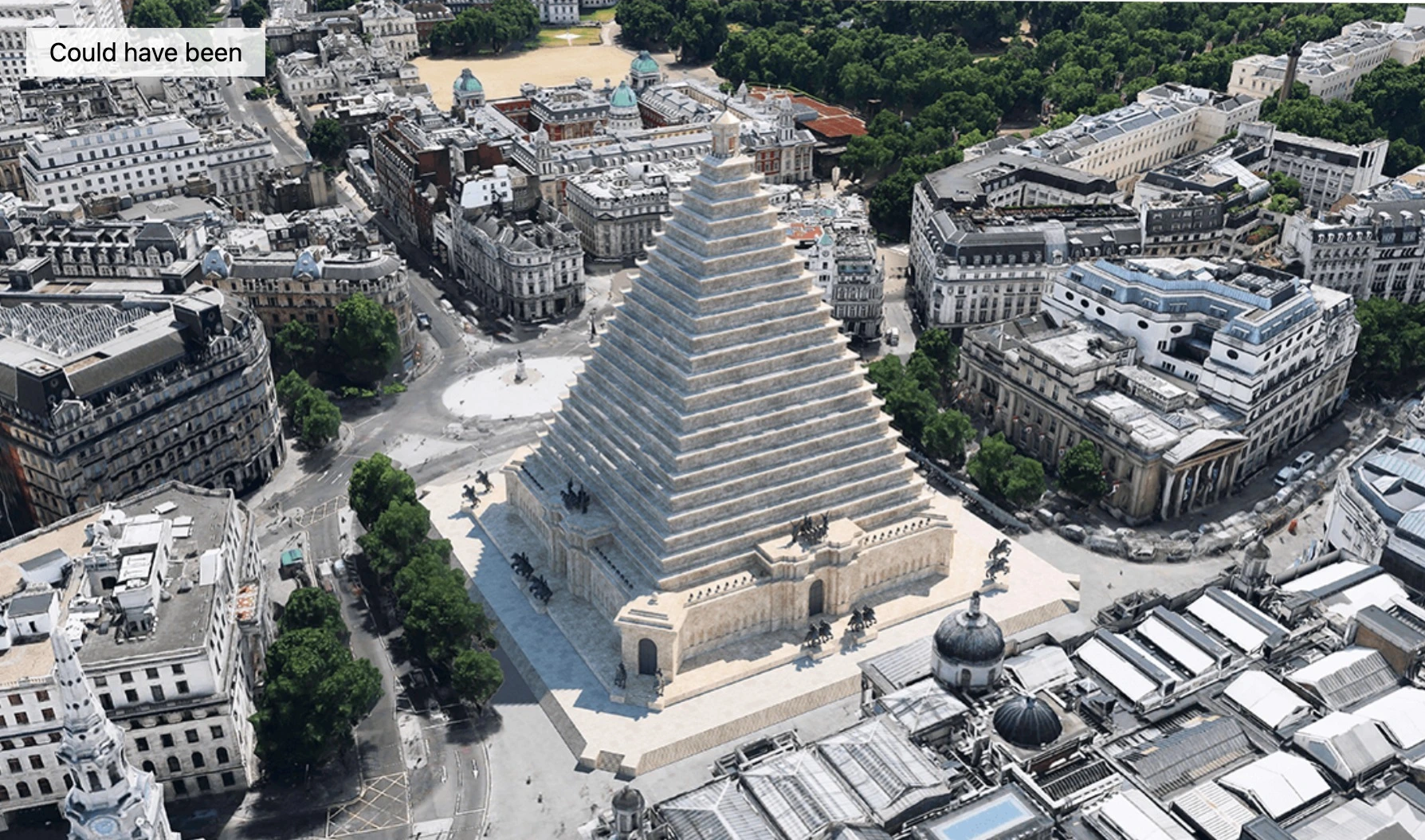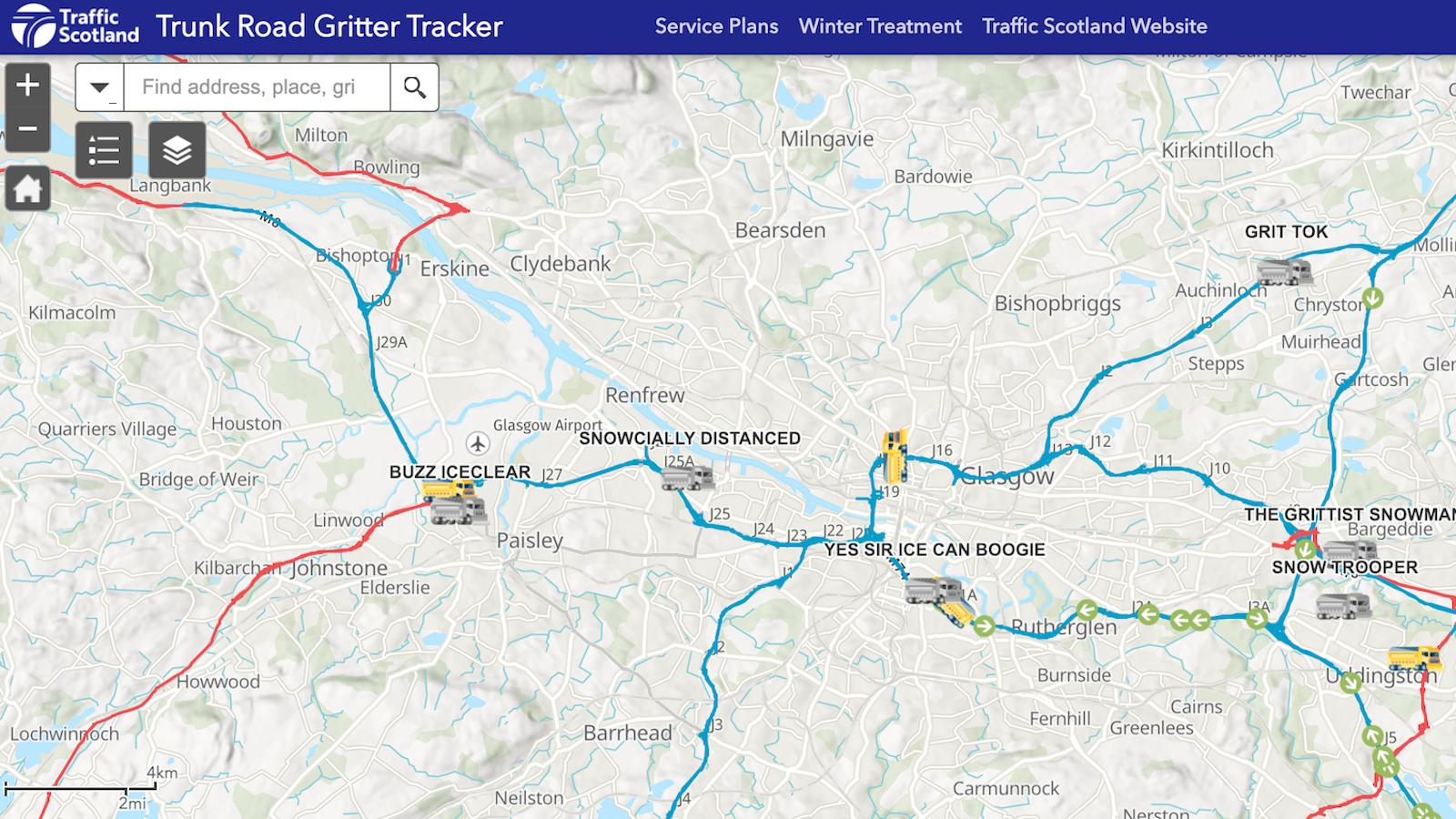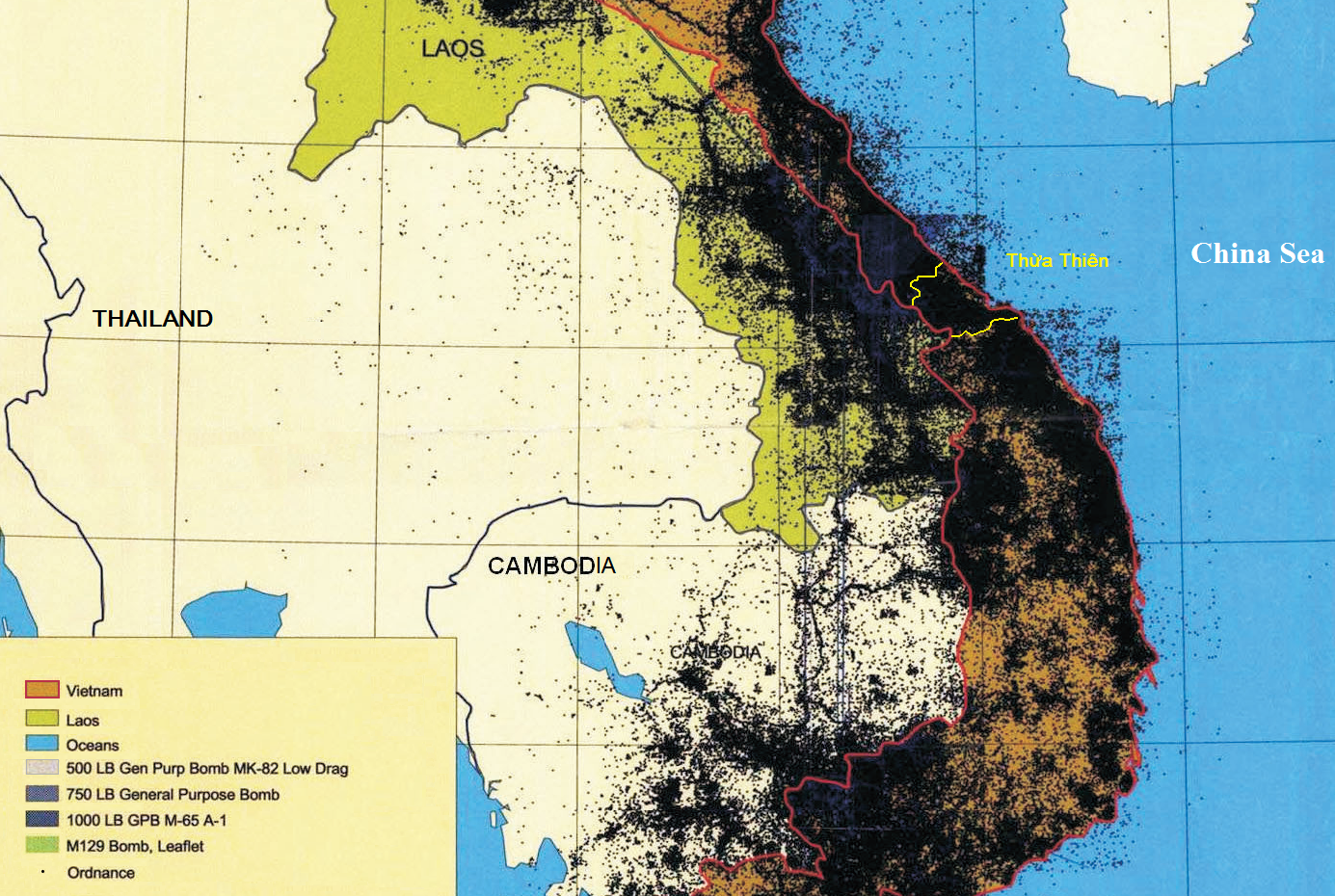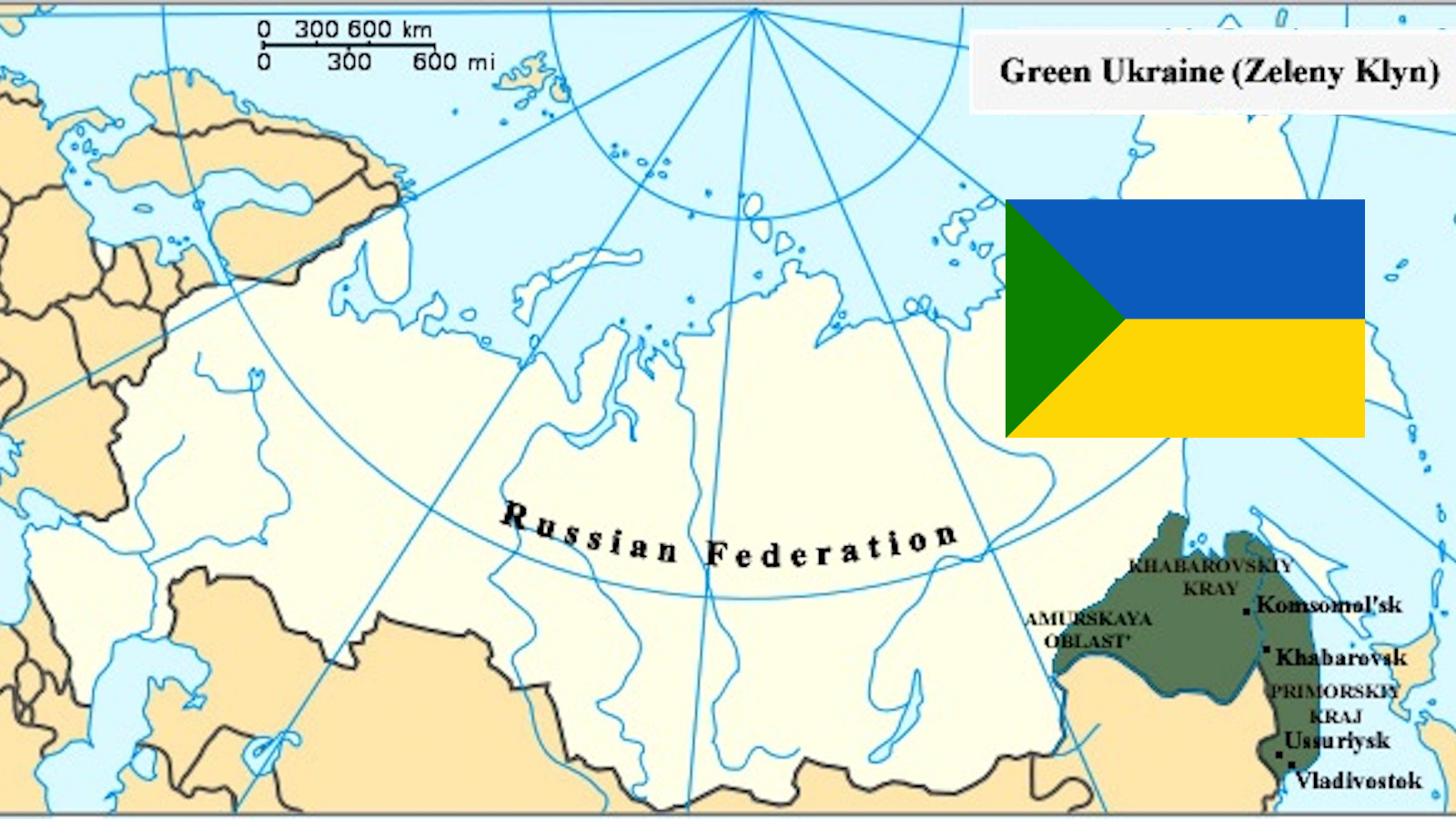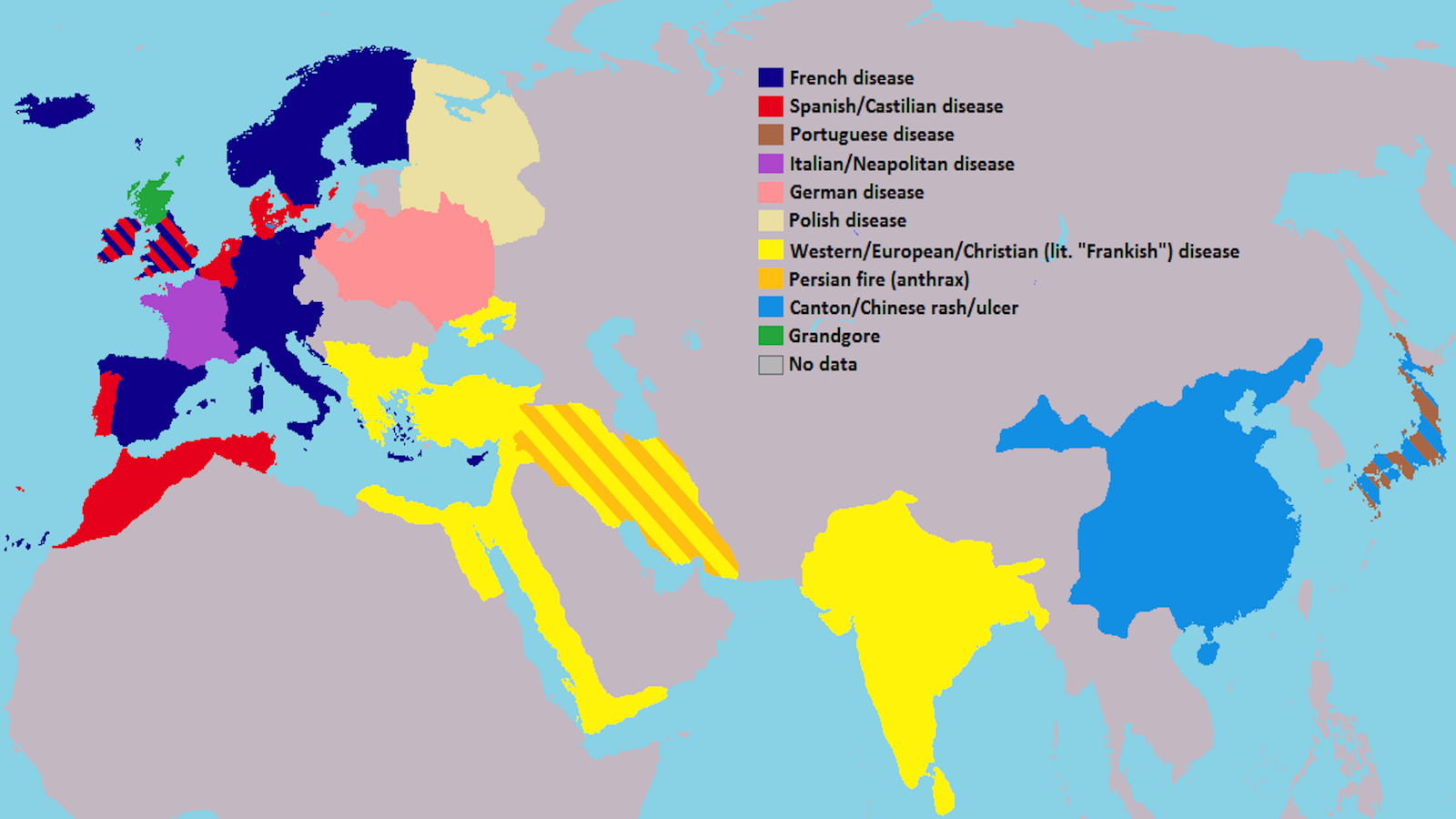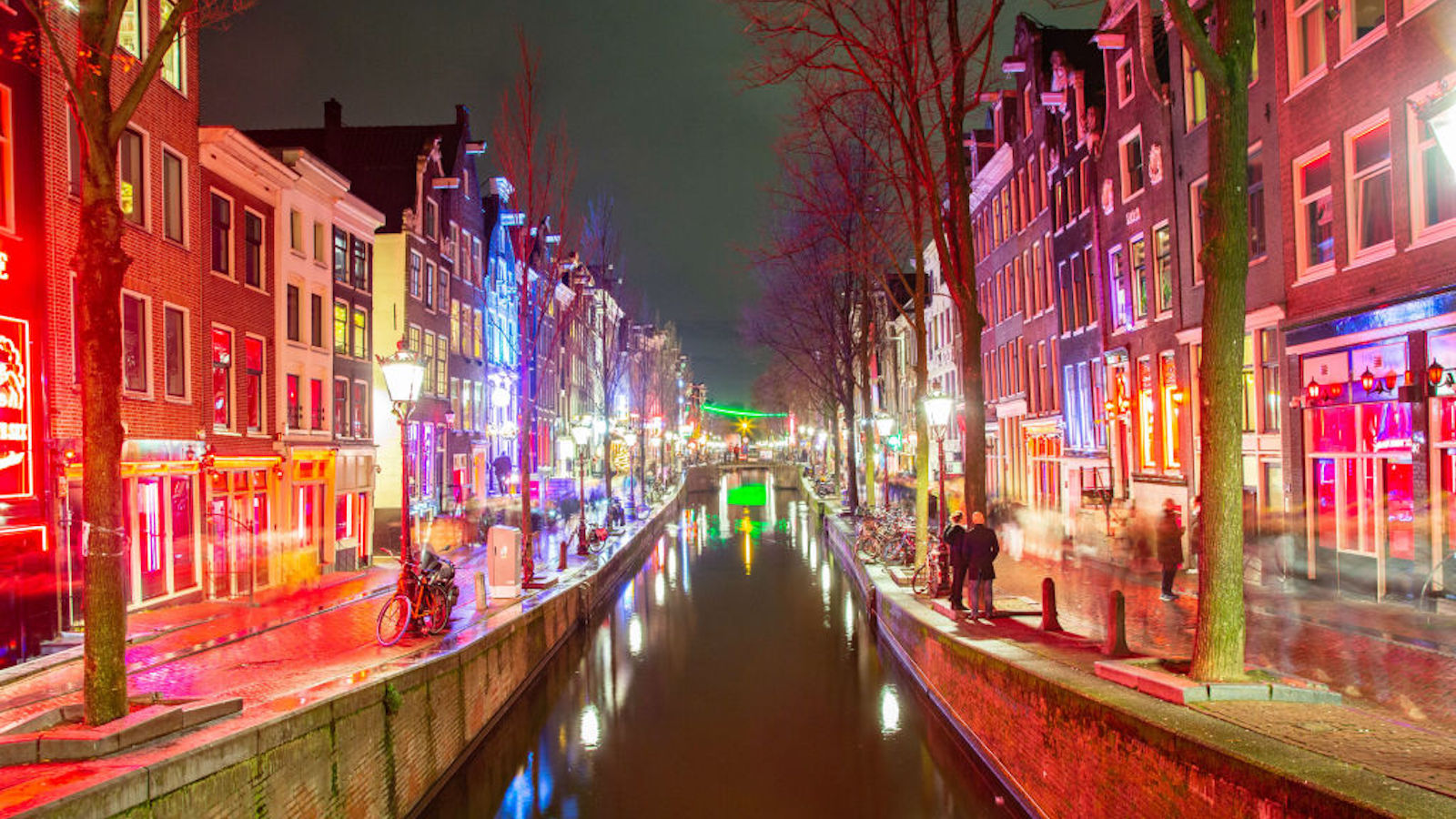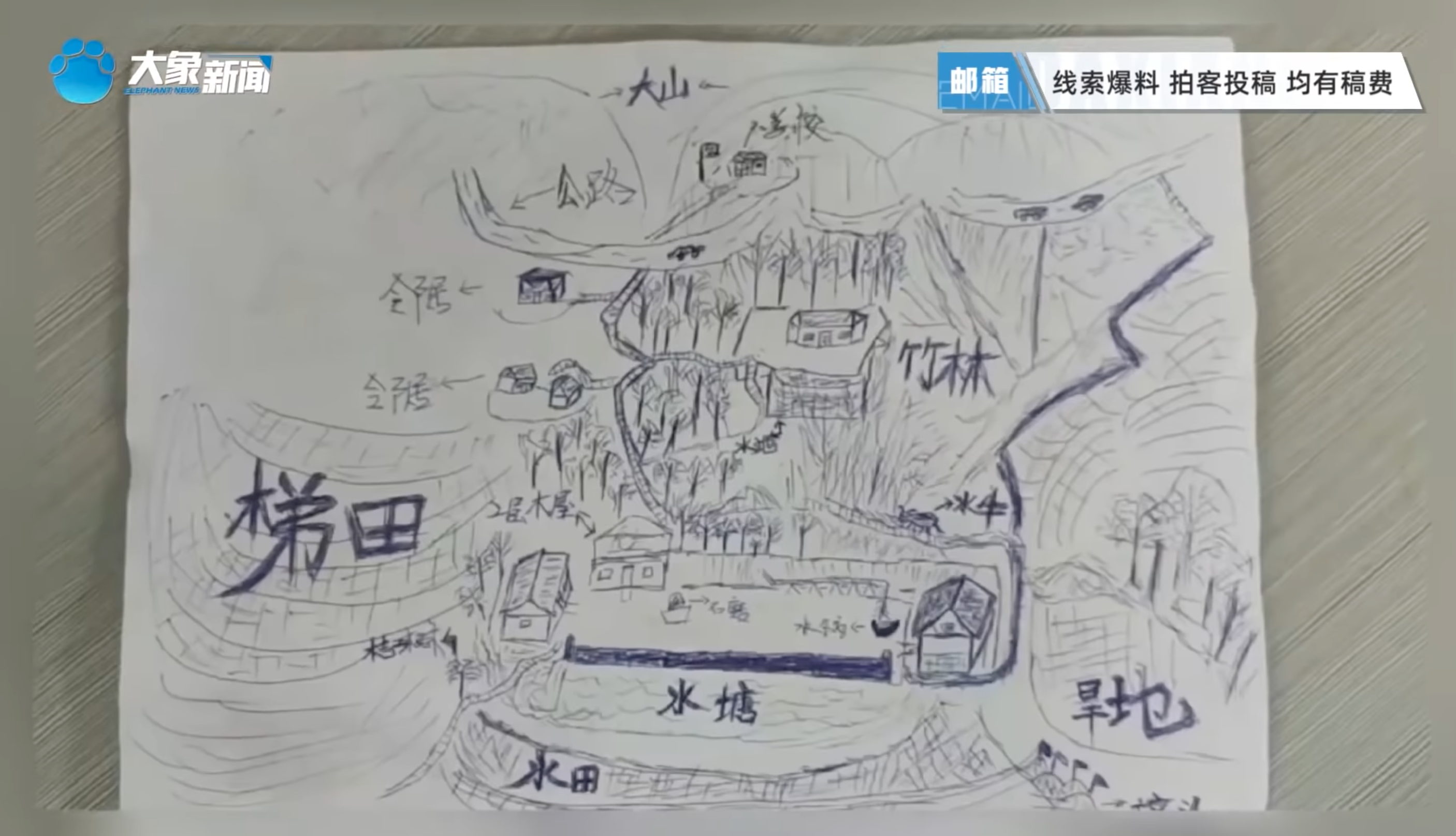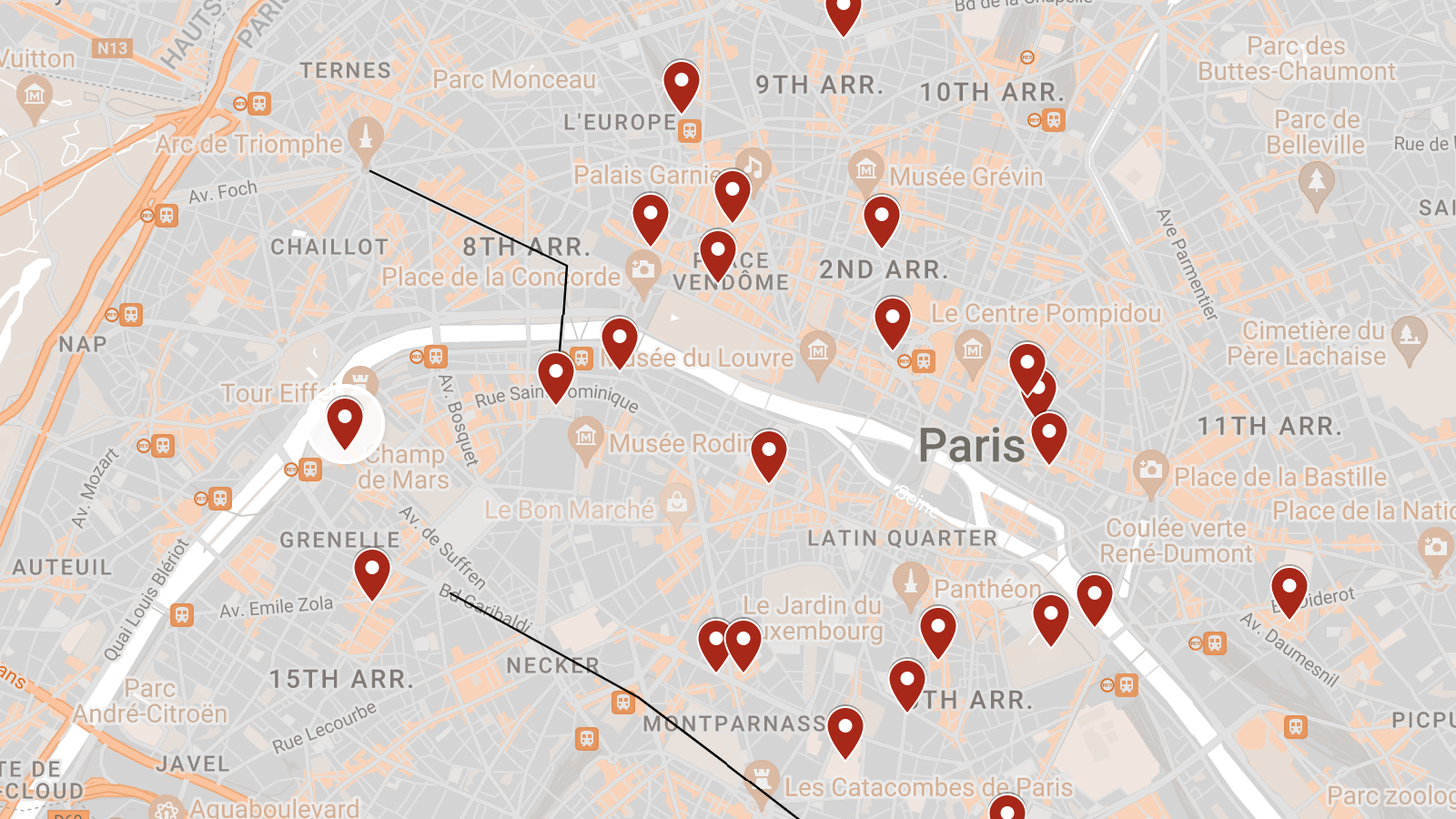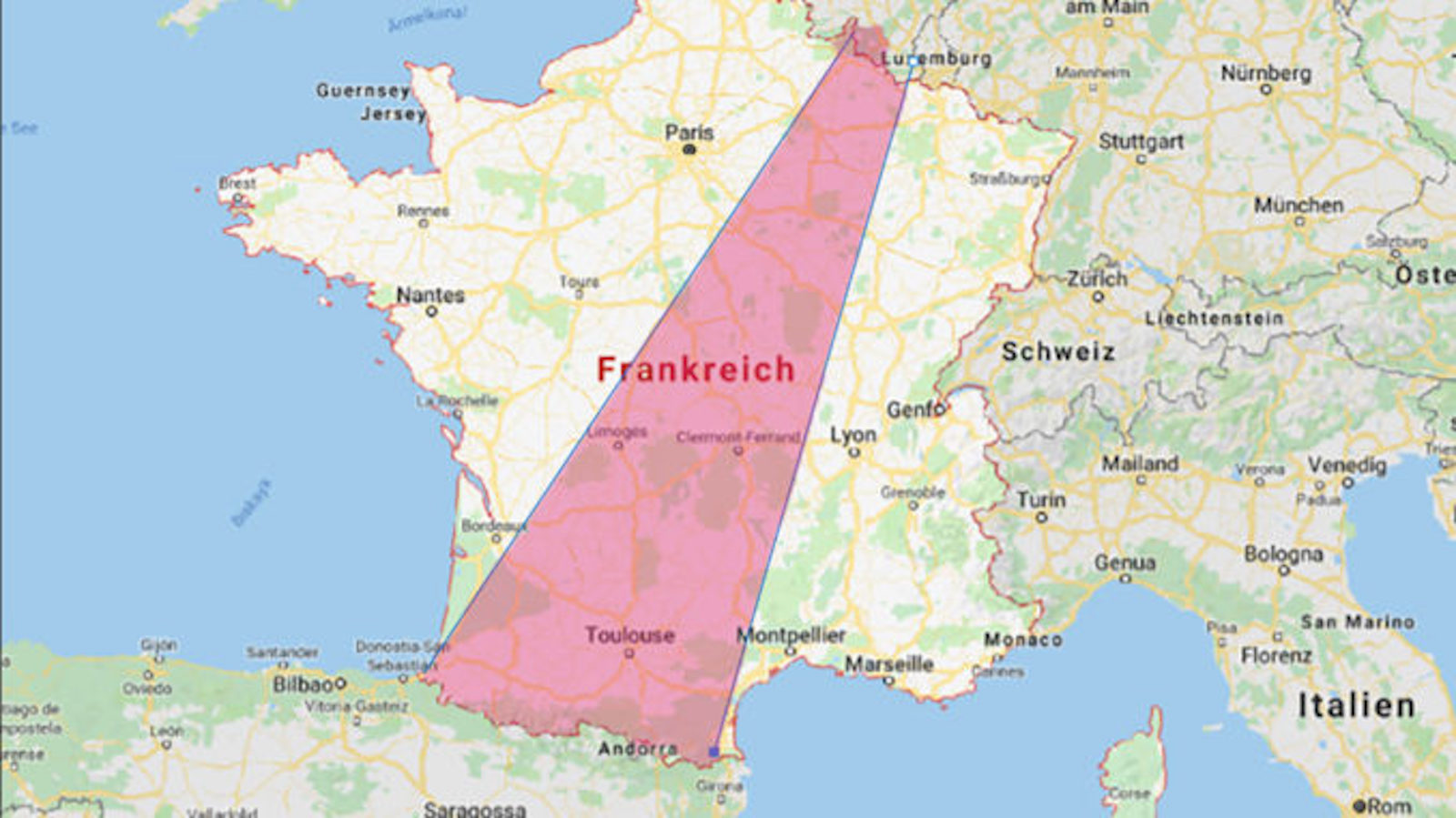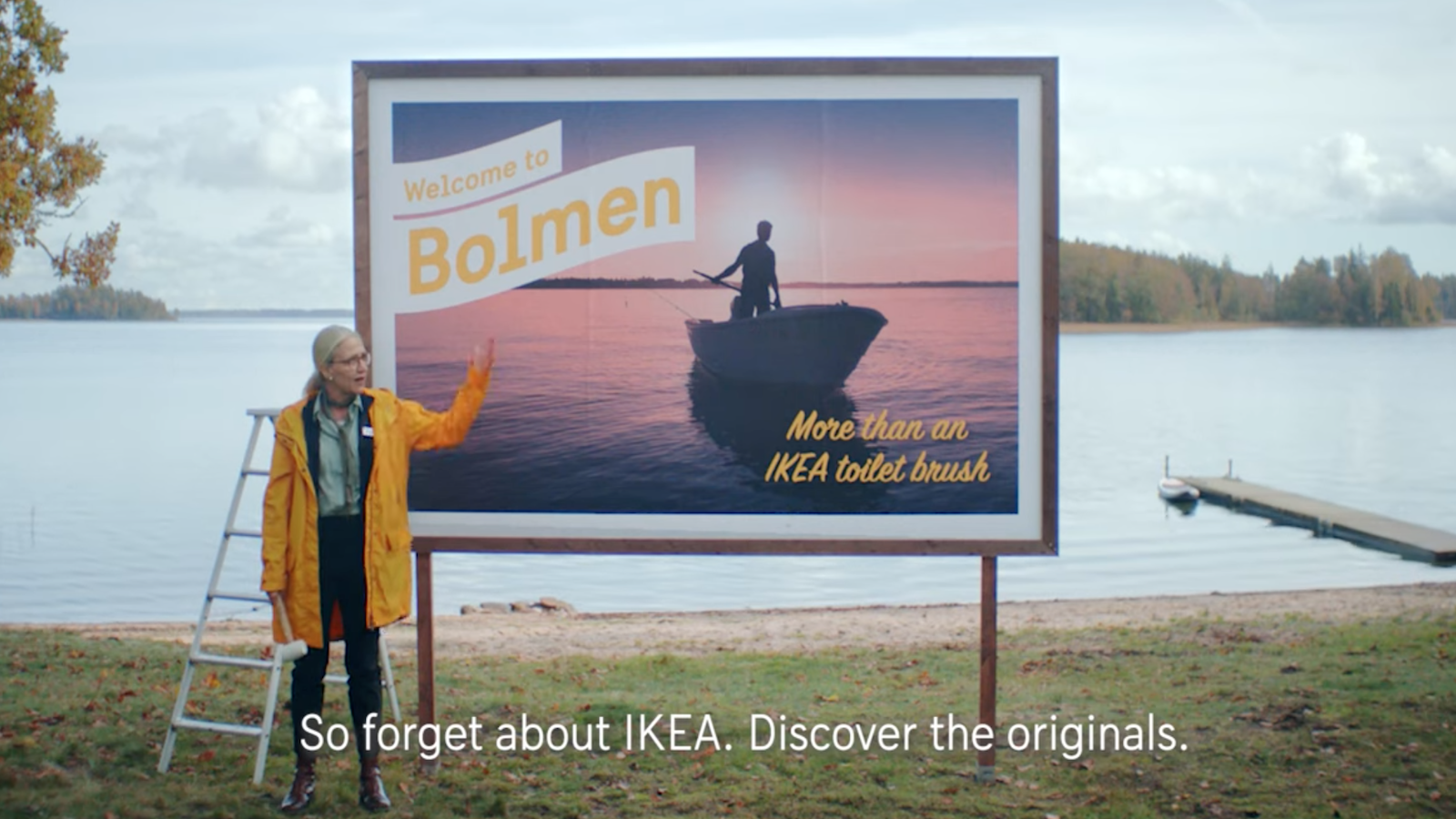Strange Maps
A special series by Frank Jacobs.
Frank has been writing about strange maps since 2006, published a book on the subject in 2009 and joined Big Think in 2010. Readers send in new material daily, and he keeps bumping in to cartography that is delightfully obscure, amazingly beautiful, shockingly partisan, and more. "Each map tells a story, but the stories told by your standard atlas for school or reference are limited and literal: they show only the most practical side of the world, its geography and its political divisions. Strange Maps aims to collect and comment on maps that do everything but that - maps that show the world from a different angle."
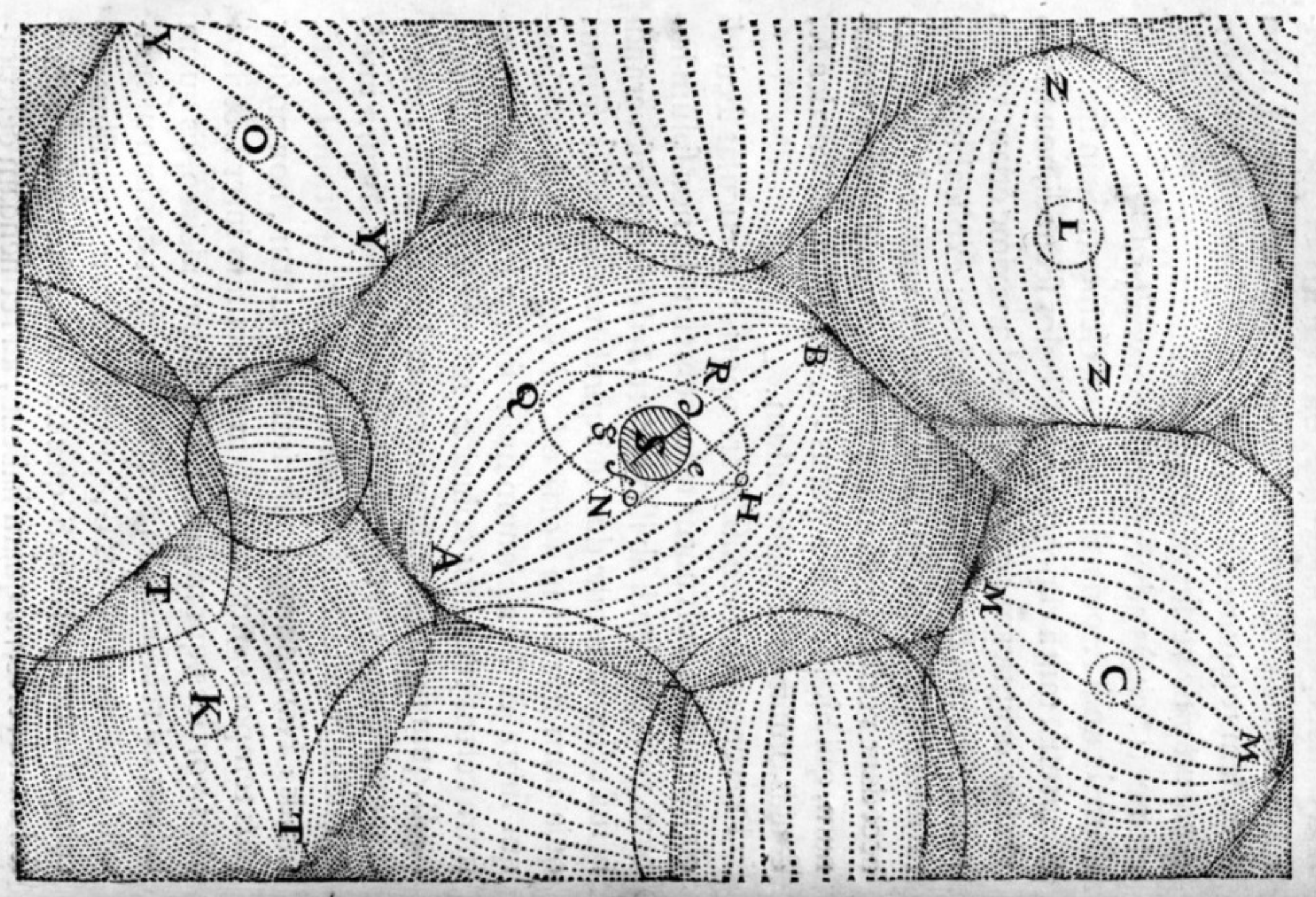
featured
All Stories
Wyoming’s roads are nine times deadlier than Ireland’s. California’s road safety is on par with Romania’s.
OmnesViae is a modern route planner based on the roads of the Roman Empire.
In 100 years, perhaps this map showing humanity clustering around the equator will seem “so 21st century.”
Cold War meets Star Wars in this cut-away of a 1950 “rubber bubble,” the first line of defense against nuclear sneak attack.
Diplomacy is war by other means.
Presidential gravesites are spread out “democratically” — but this is more by accident than design.
Satire and an inflated sense of self-importance collide in a series of maps that goes back more than 100 years in American history.
This representation of the Bamum kingdom is a rare example of early 20th-century indigenous African cartography.
There have been some 6,000 Great Lakes shipwrecks, which have claimed an estimated 30,000 lives. These maps show some of them.
Urinating in the direction of NATO’s staunchest opponent could cost you $350 or more. For world peace, aim wisely.
Where the prime meridian meets the equator, a non-existent island captures our imagination — and our non-geocoded data.
We have a morbid curiosity about nautical disaster stories. The Irish “Wreck Viewer” offers a window into centuries of marine misfortune.
The World Air Quality Index shows how clean your city’s air is, in real time.
Any dataset that can be quantified over time can be turned into a contest that is both exciting and (a little bit) enlightening.
The world’s great whales aren’t just vulnerable where they congregate, but everywhere they roam.
The Bolsheviks may have created Ukraine’s current borders, but that doesn’t mean dismantling them is good for today’s Russia.
Using the Book of Mormon as a sacred but ambiguous atlas, the Latter-day Saints have been looking for the lost city of Zarahemla for decades.
Take a look at the Times Square Totem, the Trafalgar Square Pyramid, and other landmarks that were never built.
To clear Scotland’s roads in winter, the local traffic agency employs heavy machinery with punny names. Can you grit and bear it?
America’s war in Southeast Asia is fading fast from memory. These maps offer a horrific reminder.
There are good historical reasons why Germans are suspicious of surveillance.
The U.S. has the world’s largest debt in absolute terms, but Japan’s is the largest when measured in terms of its debt-to-GDP ratio.
One hundred years ago, a Ukrainian flag flew over Vladivostok and other parts of the “Russian” Far East.
The most feared sexually transmitted disease (STD) of the last half-millennium was usually named after foreigners, often the French.
Stockholm Syndrome is the most famous of 10 psychological disorders named after world cities. Most relate to tourism or hostage-taking.
Maps can do more than show us places. They also can help determined people find others long lost, whether birth mothers or fugitive killers.
Famished, not famous: retrace Orwell’s hunger days, when he was one of the city’s legion of poor foreigners.
One player’s pawn is another’s farmer. And at one time, the queen was a rather powerless virgin.
France is split in two by its very own “desert,” the Empty Diagonal. The area’s depopulation is fairly recent, and Paris is to blame.
Many of the furniture giant’s products are named after Swedish locations. Not everyone is happy about that.
